Species C. × latifolia | Genus Citrus Scientific name Citrus × latifolia Rank Hybrid | |
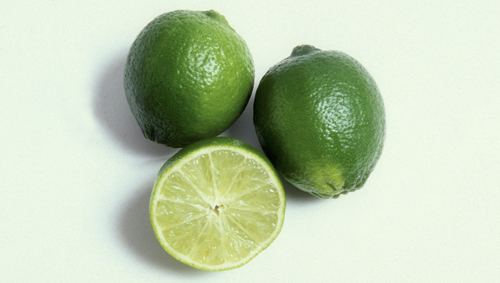 | ||
Similar | ||
Persian lime harvest time
Citrus × latifolia, with common names seedless lime, Bearss lime, Persian lime, and Tahiti lime, is a citrus fruit species of hybrid origin, known only in cultivation.
Contents
- Persian lime harvest time
- Pruning a persian lime in a container
- Description
- Cultivation
- Cultivars
- References
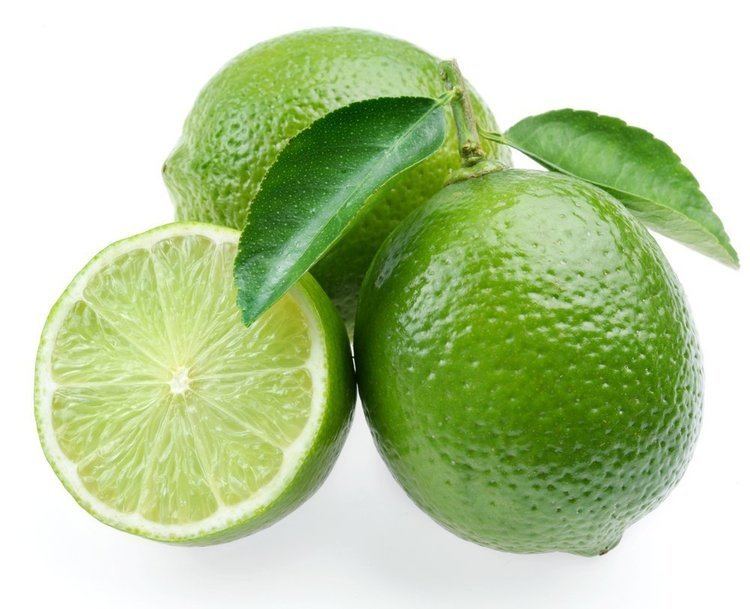
The Persian lime is most likely from a cross between key lime (Citrus aurantiifolia) and lemon (Citrus × limon).
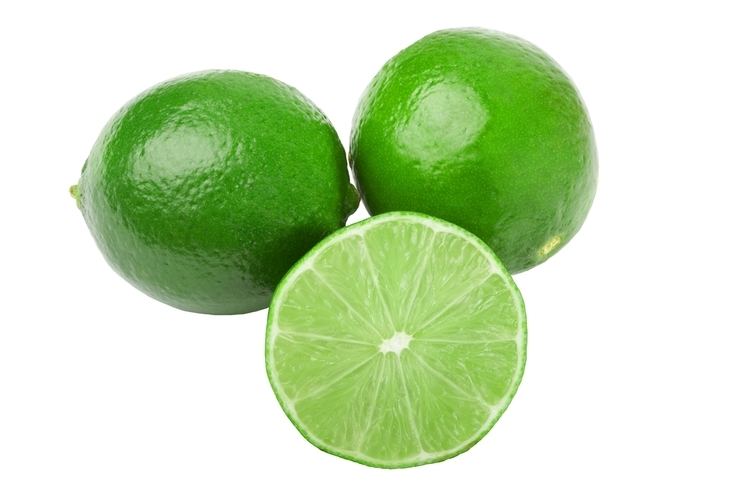
Although there are other citrus species that are referred to as limes, C. × latifolia is the most widely cultivated lime species for commercial use, and accounts for the largest share of the fruits sold as limes.

Pruning a persian lime in a container
Description
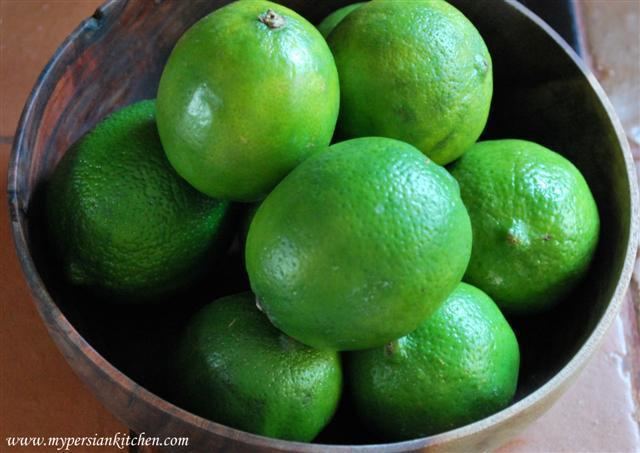
The tree is nearly thornless. The fruit is about 6 centimetres (2.4 in) in diameter, often with slightly nippled ends, and is usually sold while green, although it yellows as it reaches full ripeness. It is also widely available dried, as it is often used this way in Persian cooking. It is larger, thicker-skinned, with less intense citrus aromatics than the key lime (Citrus aurantifolia). The advantages of the Persian lime in commercial agriculture compared to the key lime are the larger size, absence of seeds, hardiness, absence of thorns on the bushes, and longer fruit shelf life. They are less acidic than key limes and do not have the bitterness that lends to the key lime's unique flavor.
Cultivation
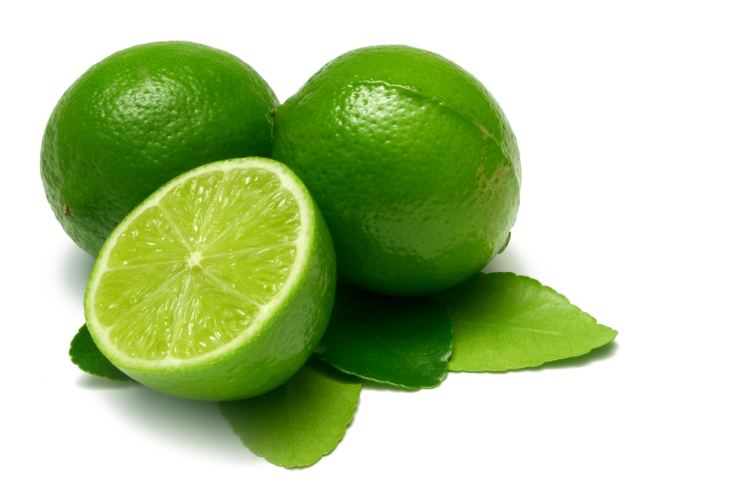
The trees are propagated clonally, by grafting or air layering. Persian limes are commercialized primarily in six sizes, known as 110's, 150's, 175's, 200's, 230's and 250's. Once grown primarily in Florida in the U.S, it rose to prominence after key lime orchards were wiped out there by a hurricane in 1926, according to the American Pomological Society; subsequently Persian lime orchards themselves were devastated by Hurricane Andrew in 1992. Large numbers of Persian limes are grown, processed, and exported every year primarily from Mexico to the American, European and Asian markets. U.S. Persian lime imports from Mexico are handled mostly through McAllen, Texas.

Limes originate from the Middle East, and were first grown on a large scale in Persia (now Iran) and southern Iraq.
Cultivars
Cultivars include:

